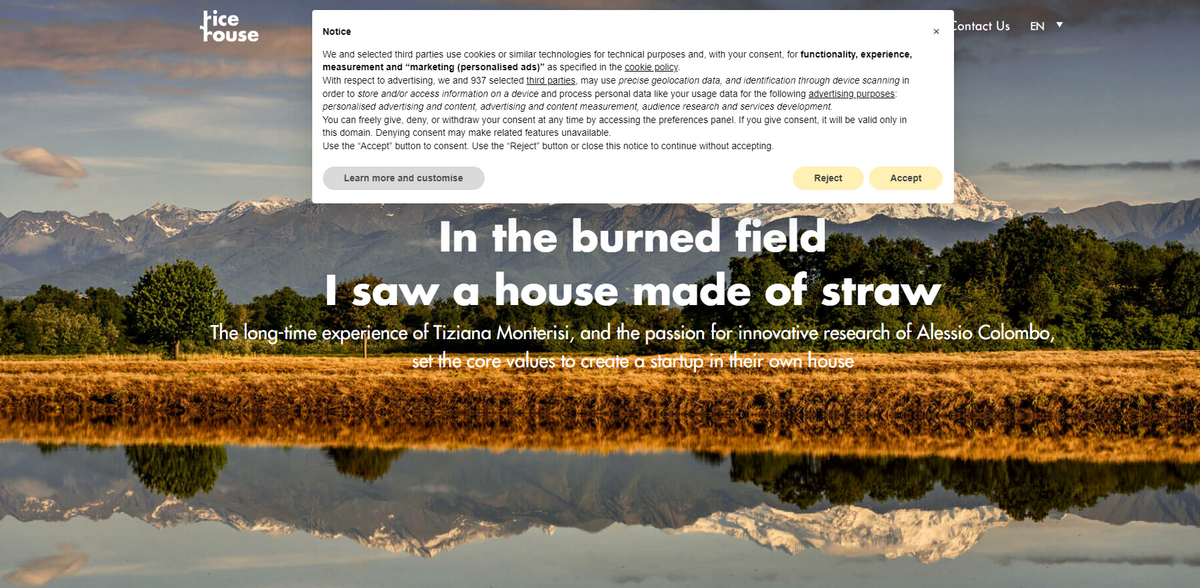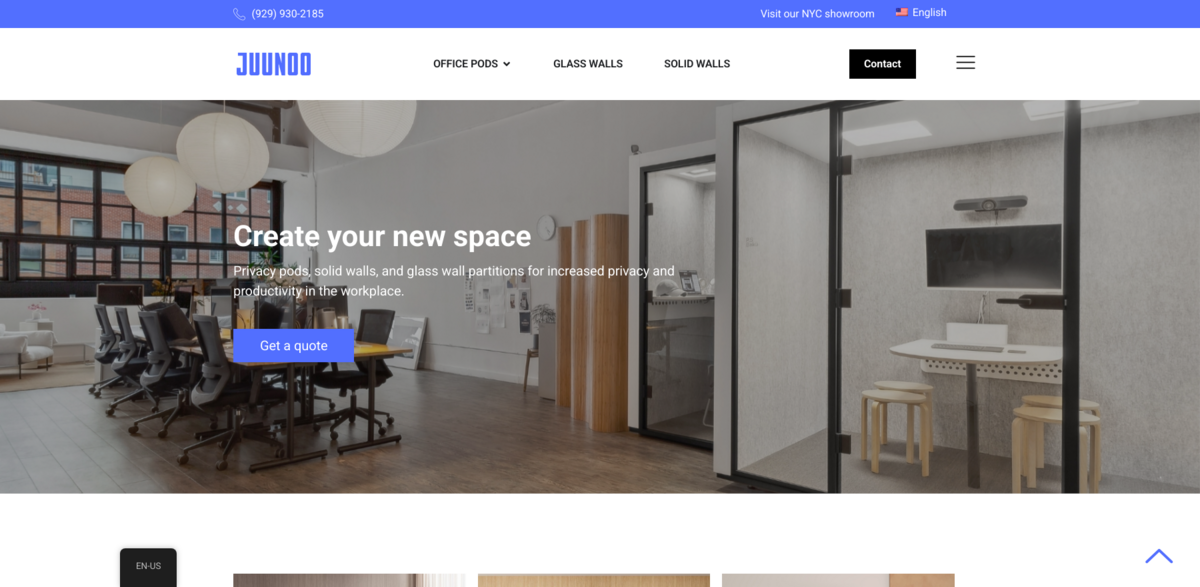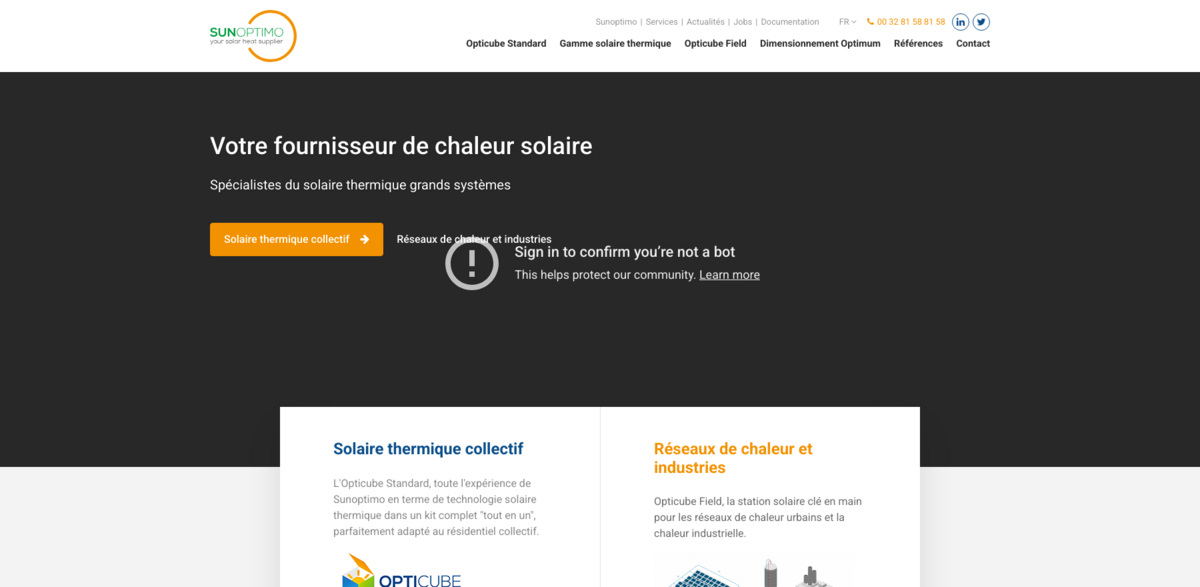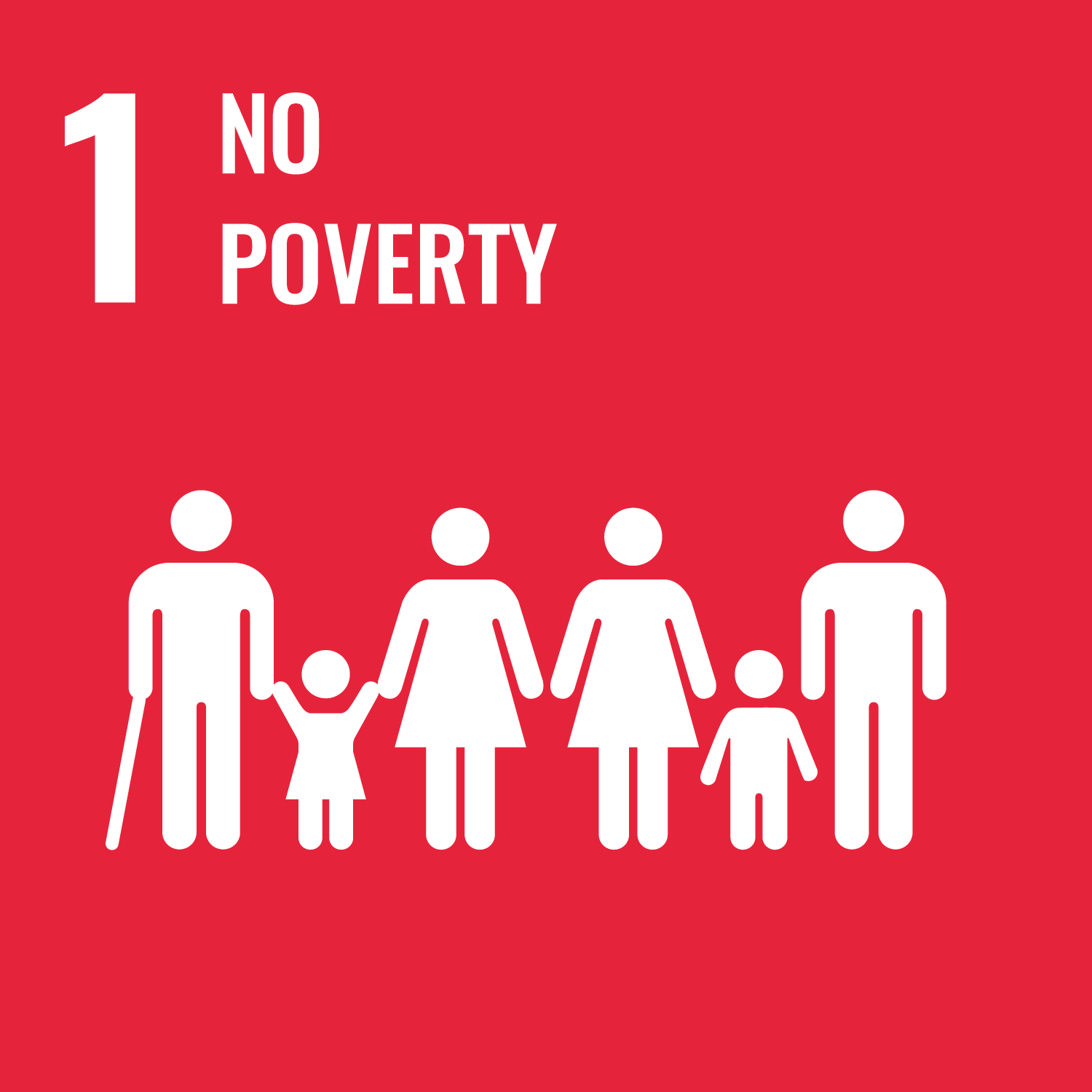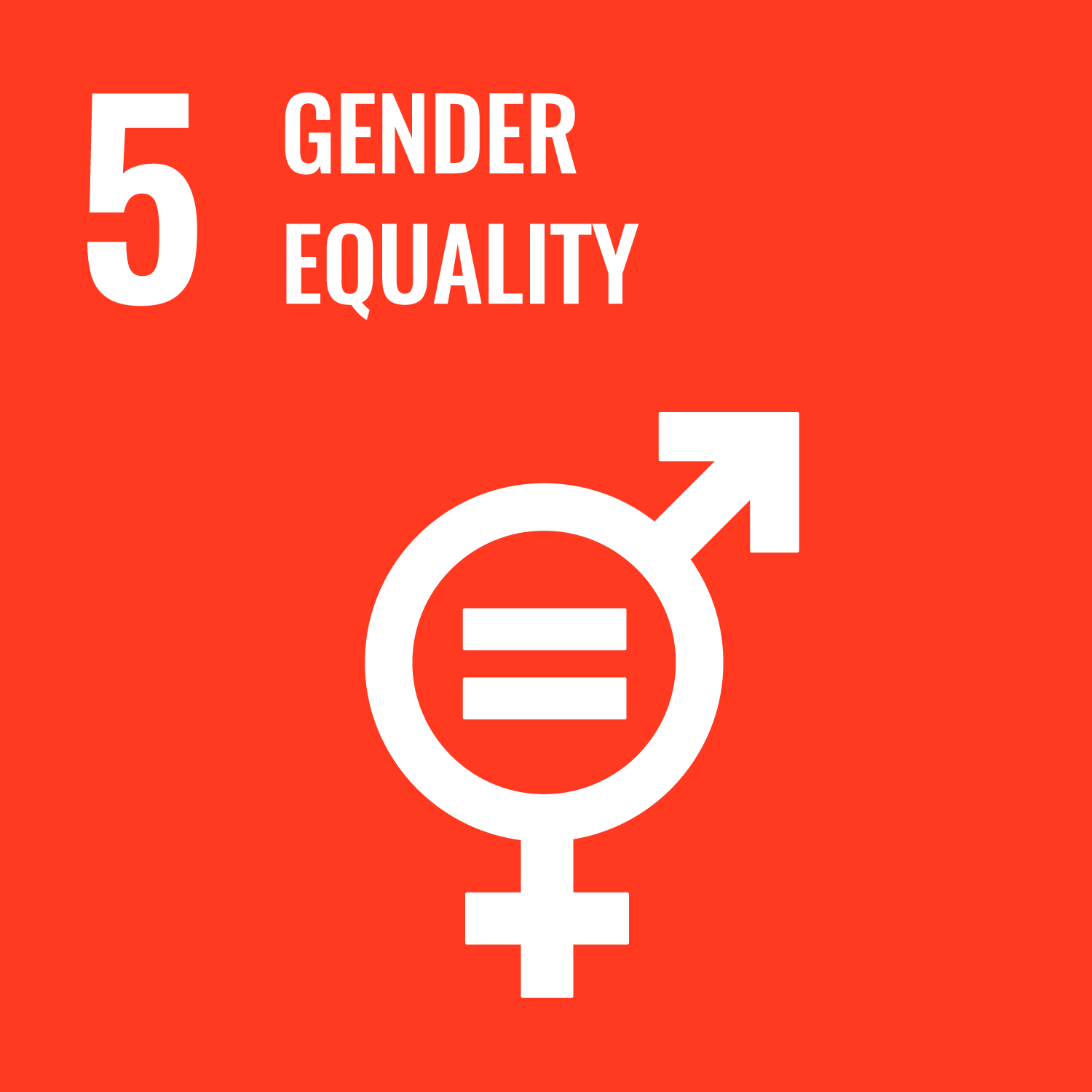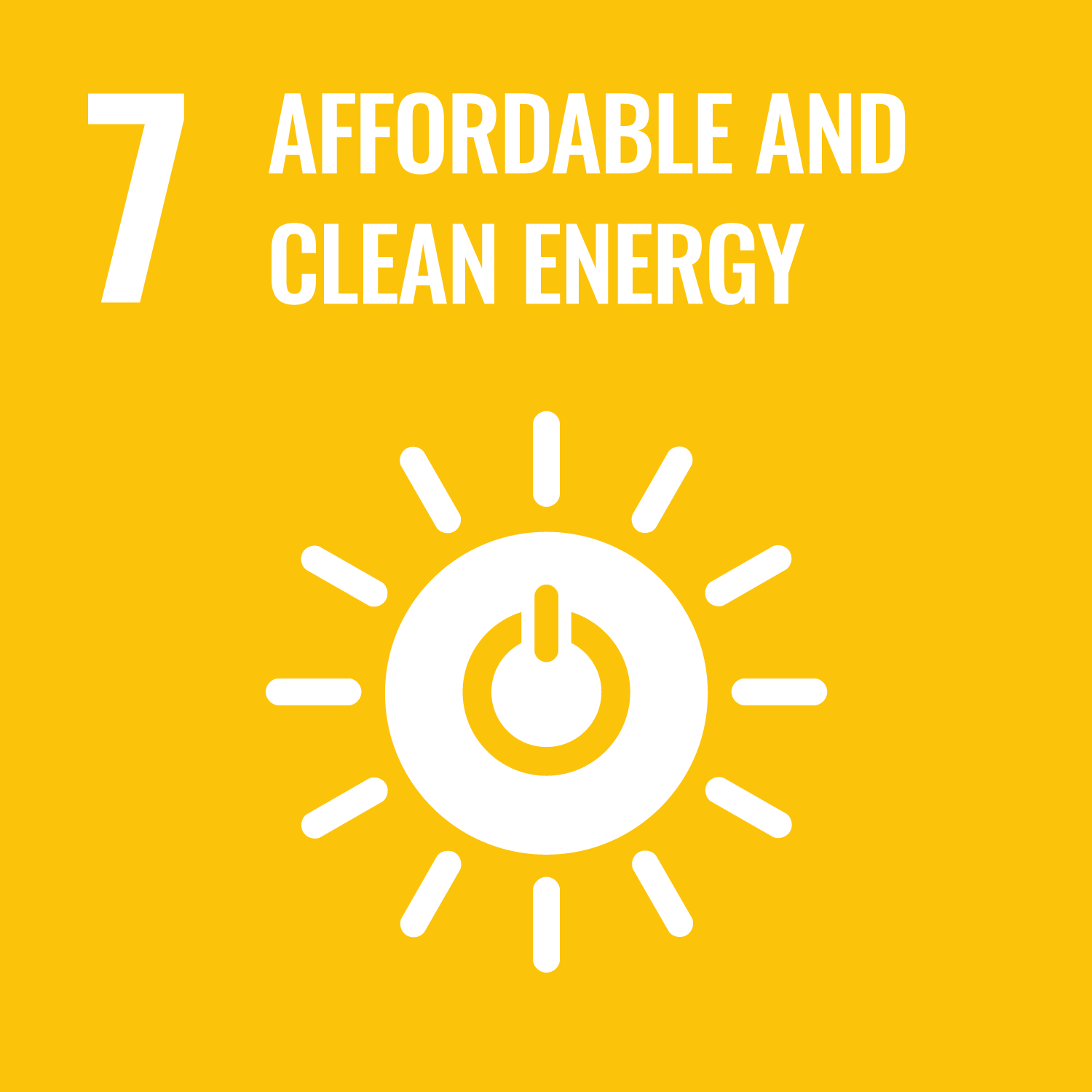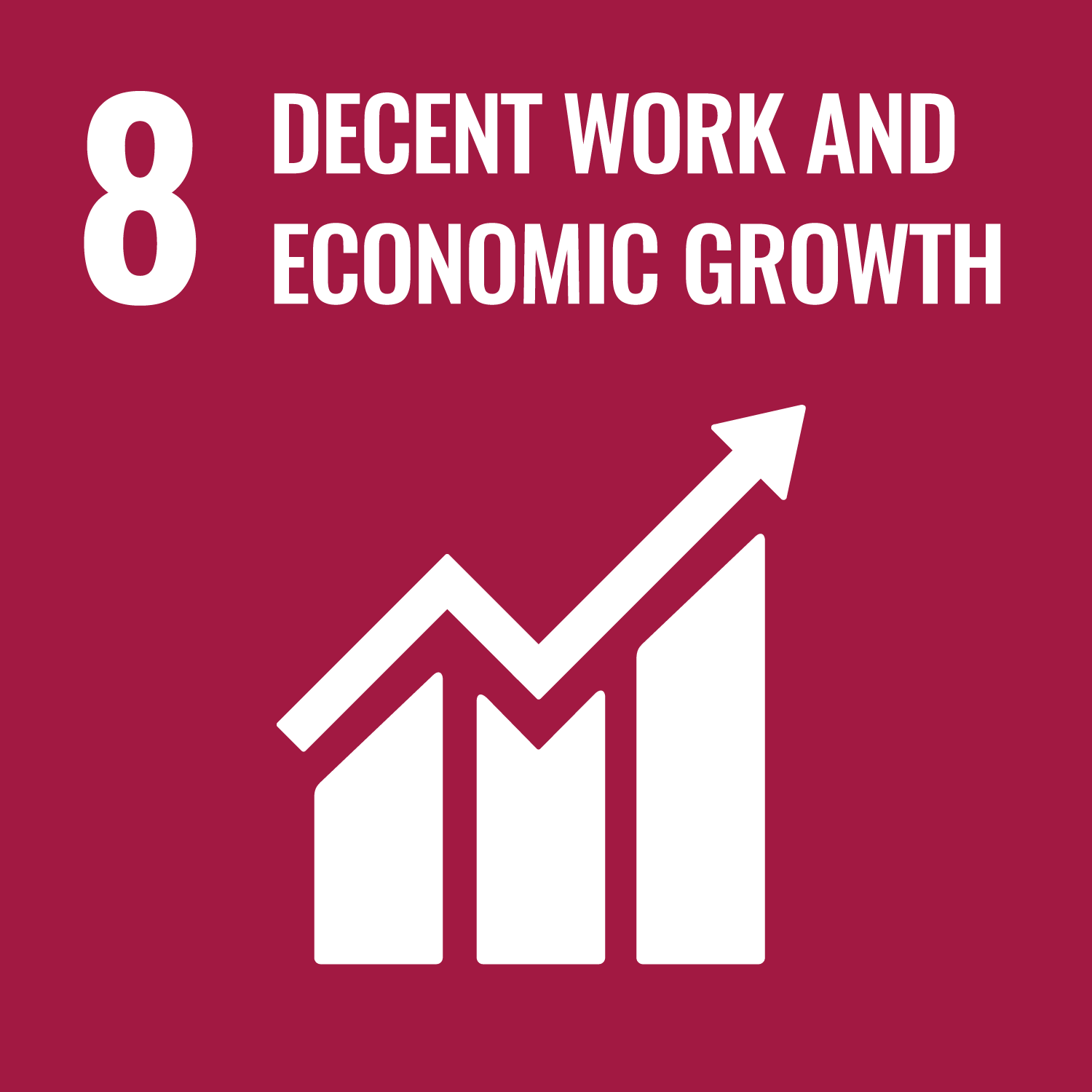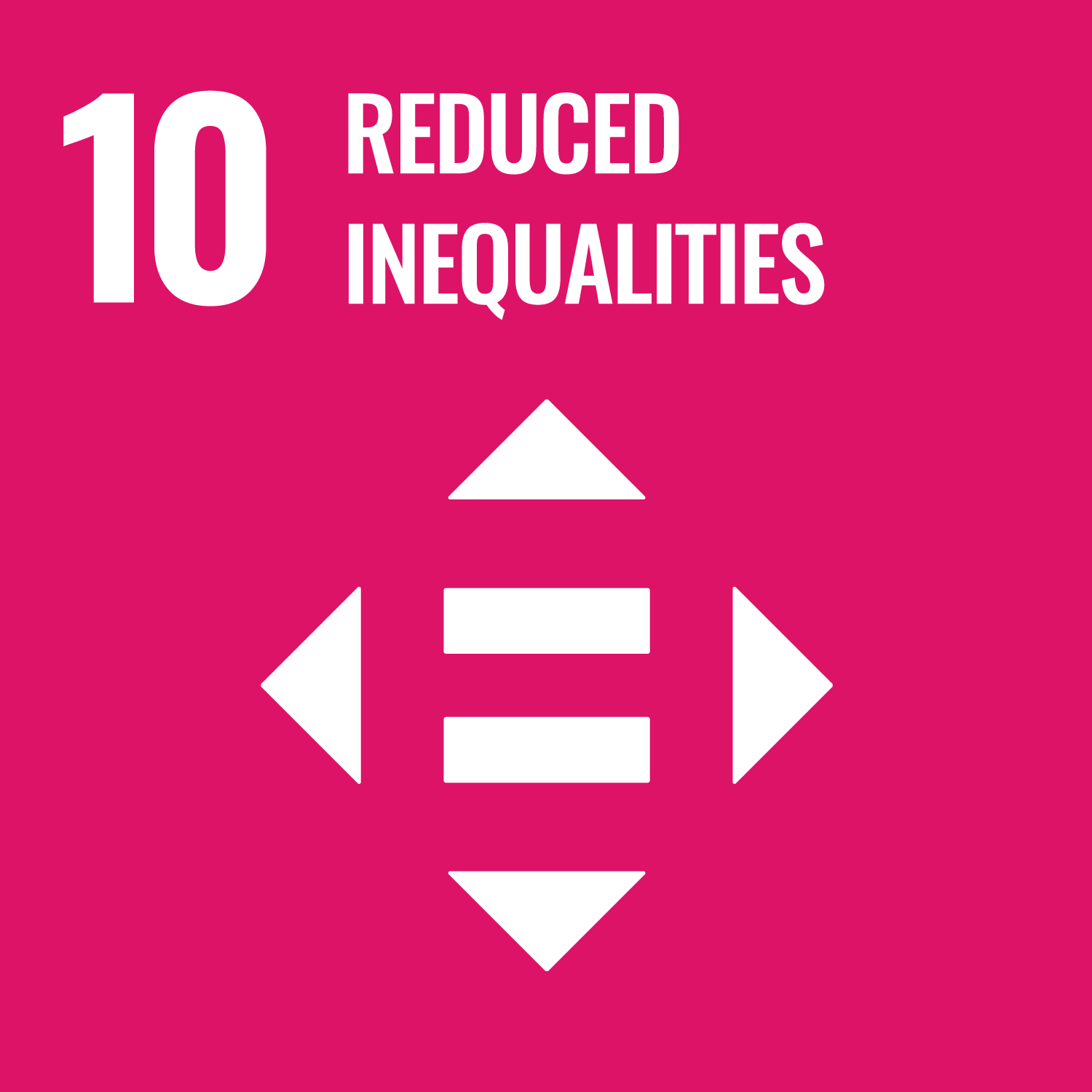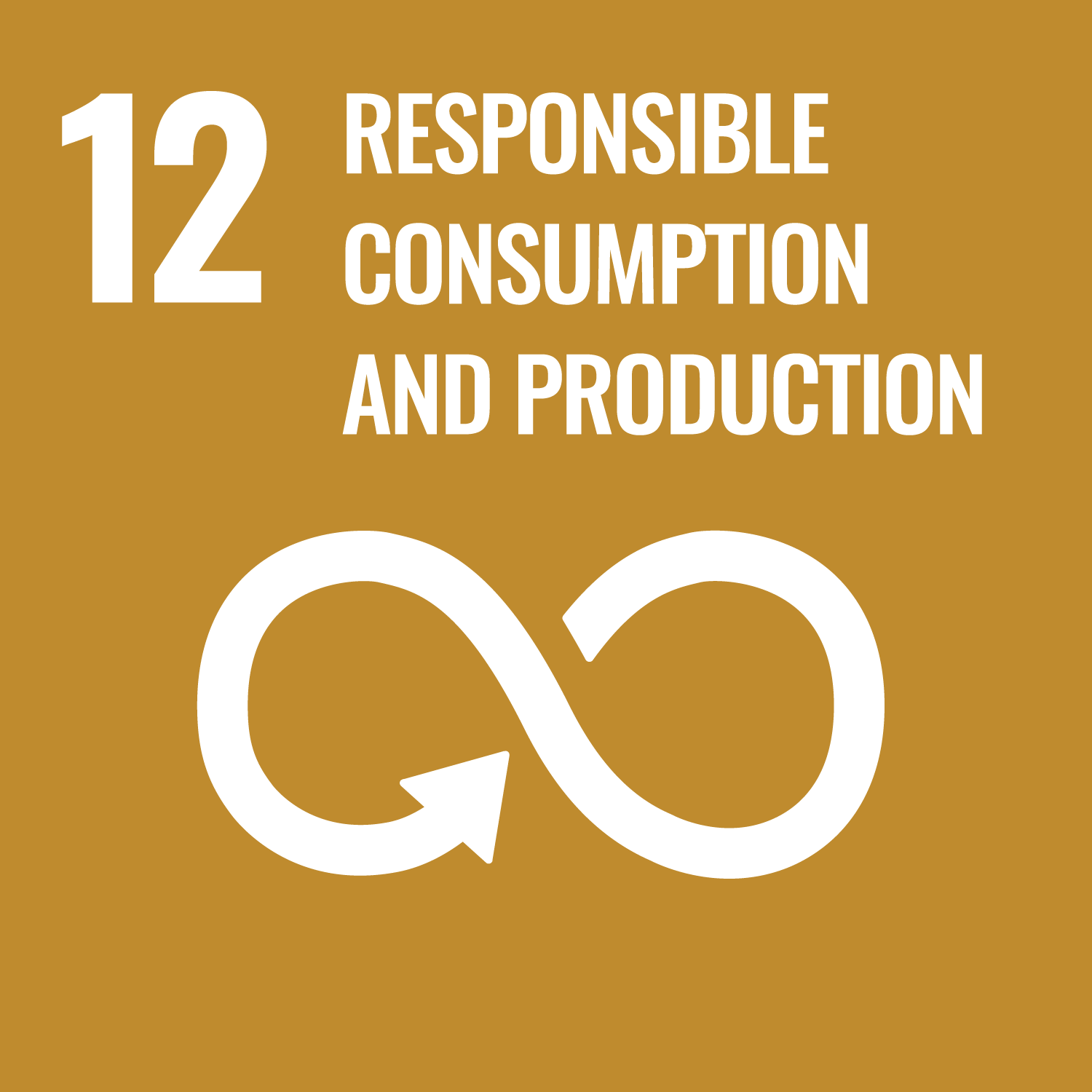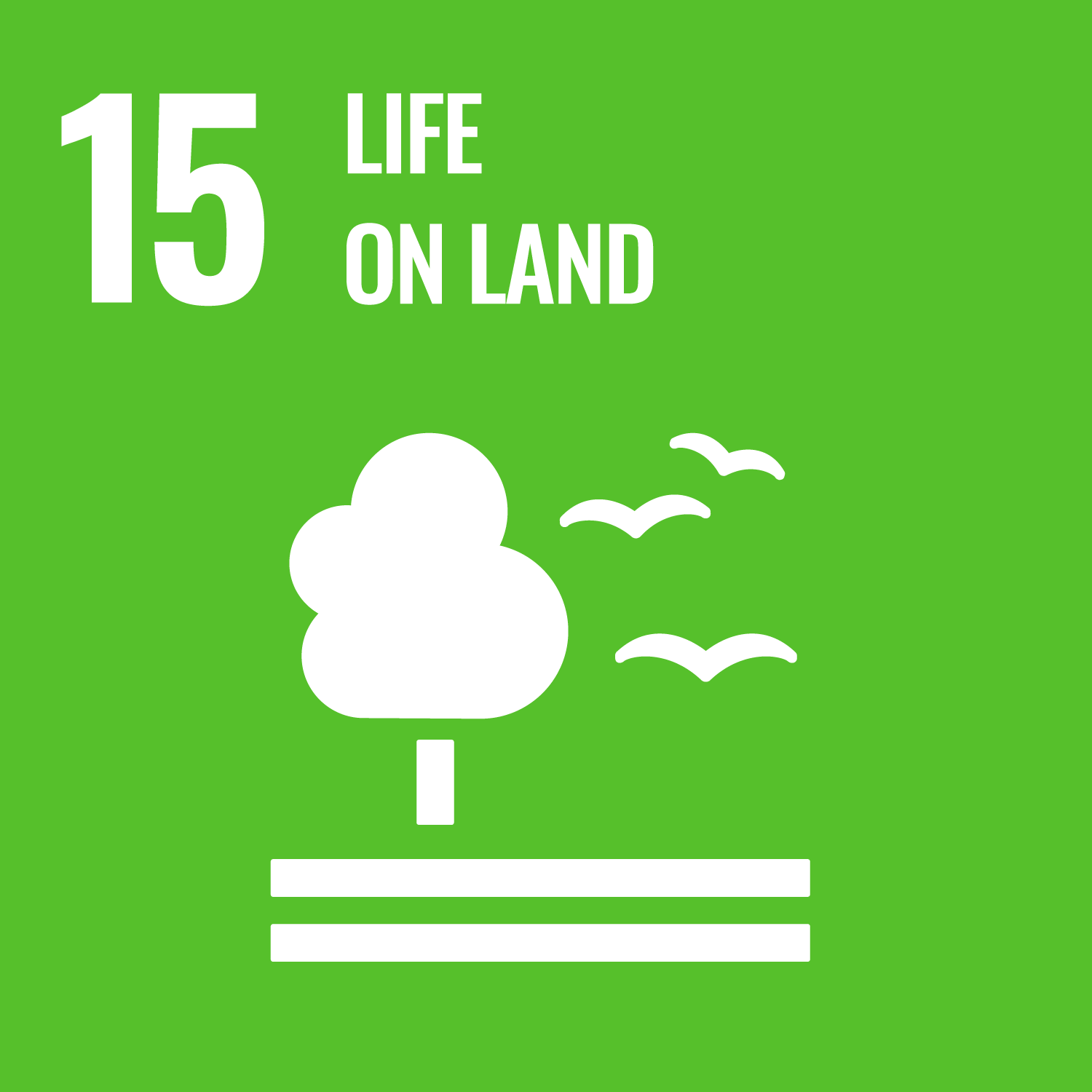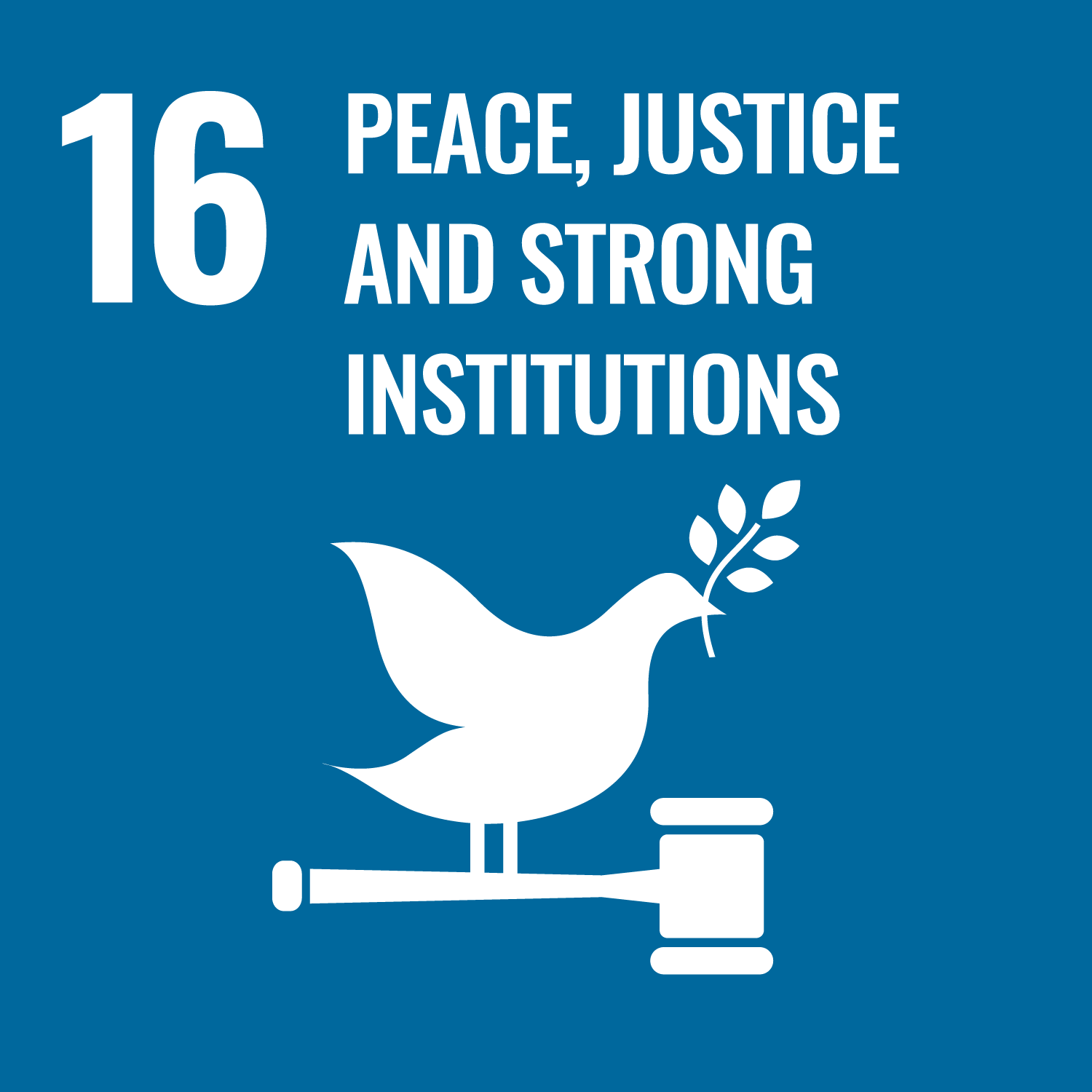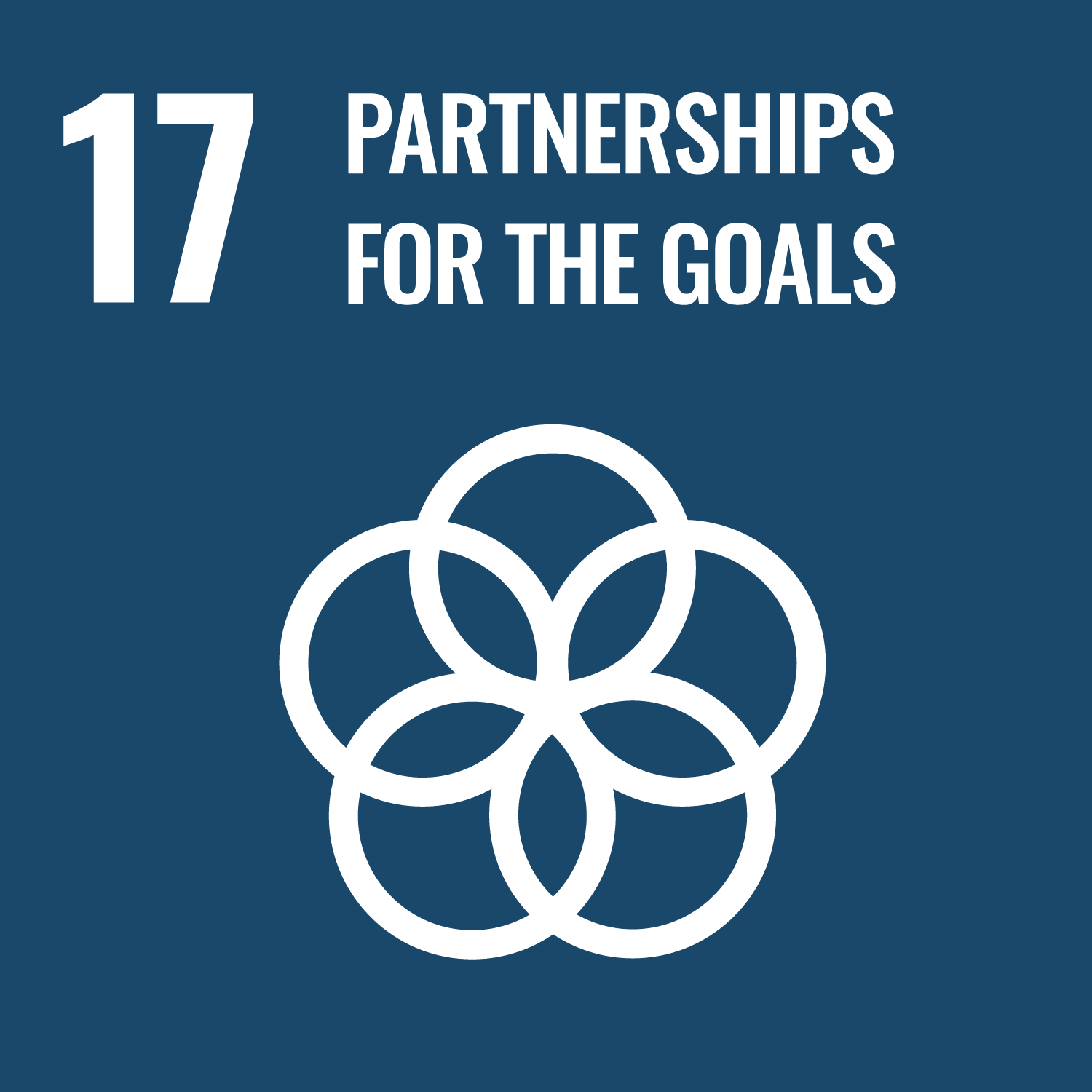Ricehouse Project Overview
Ricehouse, Società Benefit, began its journey as a startup in 2016 with the goal of creating a positive impact on society by promoting responsible change. Founded by architect Tiziana Monterisi, co-founder and CEO, and geologist Alessio Colombo, co-founder and COO, this project is grounded in the belief that “only by changing the way we look at the world will we have the opportunity to truly change it.” The project focuses on rethinking waste management by creating opportunities from the rice supply chain, redefining how waste becomes a valuable resource. Using rice by-products that are present on all five continents – rice husk and rice straw – the initiative transforms what would be agricultural waste into highly efficient, eco-friendly building materials. This journey from the rice field to construction sites embraces natural resources and minimizes environmental impact.
Key Benefits of the Ricehouse Approach
- Founded in 2016 as a Società Benefit with a strong focus on responsible change.
- A visionary approach that transforms rice by-products into healthy building materials.
- Achieves energy efficiency standards by avoiding petrochemical materials.
- Supports the circular economy by reintegrating waste back into nature.
- Enhances social prosperity by valuing and investing in the talent and skills of team members.
- Coordinates a short supply chain from the rice field to the construction site, ensuring sustainability.
- Offers innovative solutions for insulation, plasters, screeds, finishes, and cladding systems.
Waste to Opportunity: The Rice House Concept
Why a Rice House? Through the processing of waste from the rice supply chain, Ricehouse creates an opportunity from waste. This project turns something once considered a by-product into a key material that helps meet energy efficiency standards. Imagine a world where agricultural waste is not discarded but instead reborn into vital construction materials – it is both a practical and eco-friendly solution. The approach is simple yet innovative: rice is already present extensively around the world, and as a bio-resource it supports communities that depend on it as a staple food. By extracting value from what nature provides, the project proves that responsible change is achievable through smart, sustainable practices… a real game changer!
Circular Economy and Sustainable Materials
The vision of Ricehouse is deeply rooted in promoting natural materials with zero impact. By offering a healthy and efficient alternative to petrochemical materials, the project supports an increasingly aware market that is eager to reduce environmental burden. Using organic residues from rice production, Ricehouse develops 100% natural building materials that, at the end of their service life, return to nature in a circular way. This innovative method not only reduces the need for primary resource extraction and land consumption but also creates buildings that are energy efficient – reducing reliance on heating and cooling systems. This truly embodies the essence of a circular economy, where production and consumption continuously reinforce each other in a sustainable cycle.
Innovative Business Units Leading Change
The structure of Ricehouse is built on multifaceted business units that drive the mission forward. The project is organized into three key units:
- Product: Offering healthy materials for both humans and the environment through designs that prioritize sustainability.
- Project: Providing consulting services for the design and construction of buildings according to the principles of bioarchitecture, enabling responsible building practices.
- Open Innovation: Encouraging collaboration as a model for innovative development, symbolizing that collective intelligence is at the heart of positive change.
Beyond these, the value of people is central. The Ricehouse concept recognizes that the house is a space where society is formed and organized, a place built from relationships and shared energy. Every team member’s contribution is honored and celebrated, turning individual skills into collective strength.
Transforming Construction Through Bio-Based Ingredients
The project further showcases its innovative character through a range of product types specifically designed for modern construction needs. Among these products lie vegetal materials for insulation – including rice husk, rice straw, and semi-rigid insulating panels made from rice straw. Alongside these, base plasters made from lime and clay, lightweight screeds, finishing plasters, eco-paints, ventilated facades, flooring systems, and vertical closure elements like rigid panels and prefabricated blocks underscore Ricehouse’s commitment to eco-friendly construction. These elements work together to reduce energy consumption, making buildings more self-sufficient and environmentally conscious. The blend of traditional materials with modern techniques results in constructions that are both innovative and respectful of natural resources.
Project Impact on Sustainable Development Goals
- SDG 7: Affordable and Clean Energy – by reducing energy consumption in buildings.
- SDG 9: Industry, Innovation and Infrastructure – through the development of innovative, natural building materials.
- SDG 11: Sustainable Cities and Communities – by promoting sustainable construction techniques and eco-friendly urban development.
- SDG 12: Responsible Consumption and Production – by integrating circular economy principles that turn waste into valuable resources.
- SDG 13: Climate Action – through practices that significantly lower the environmental footprint of the construction industry.
Innovative Design and Construction for the Future
The approach taken by Ricehouse is a breath of fresh air in the design and construction industry. The ingenious use of rice by-products not only progresses eco-friendly construction but also coordinates a short supply chain that begins at the rice field and ends at the construction site. It is all about creating an ecosystem where everything works in harmony with nature. With products that are highly efficient in terms of energy consumption and a keen focus on bioarchitecture, the project acts as a template for a sustainable future. The interplay between traditional methods and modern design ethos invites professionals and communities alike to rethink how structures can be built and maintained without compromising the integrity of our planet. The dynamic spirit of Ricehouse, infused with responsible innovation and emphasis on social prosperity, continues to inspire and set a benchmark in the quest for a healthier, more sustainable environment.

